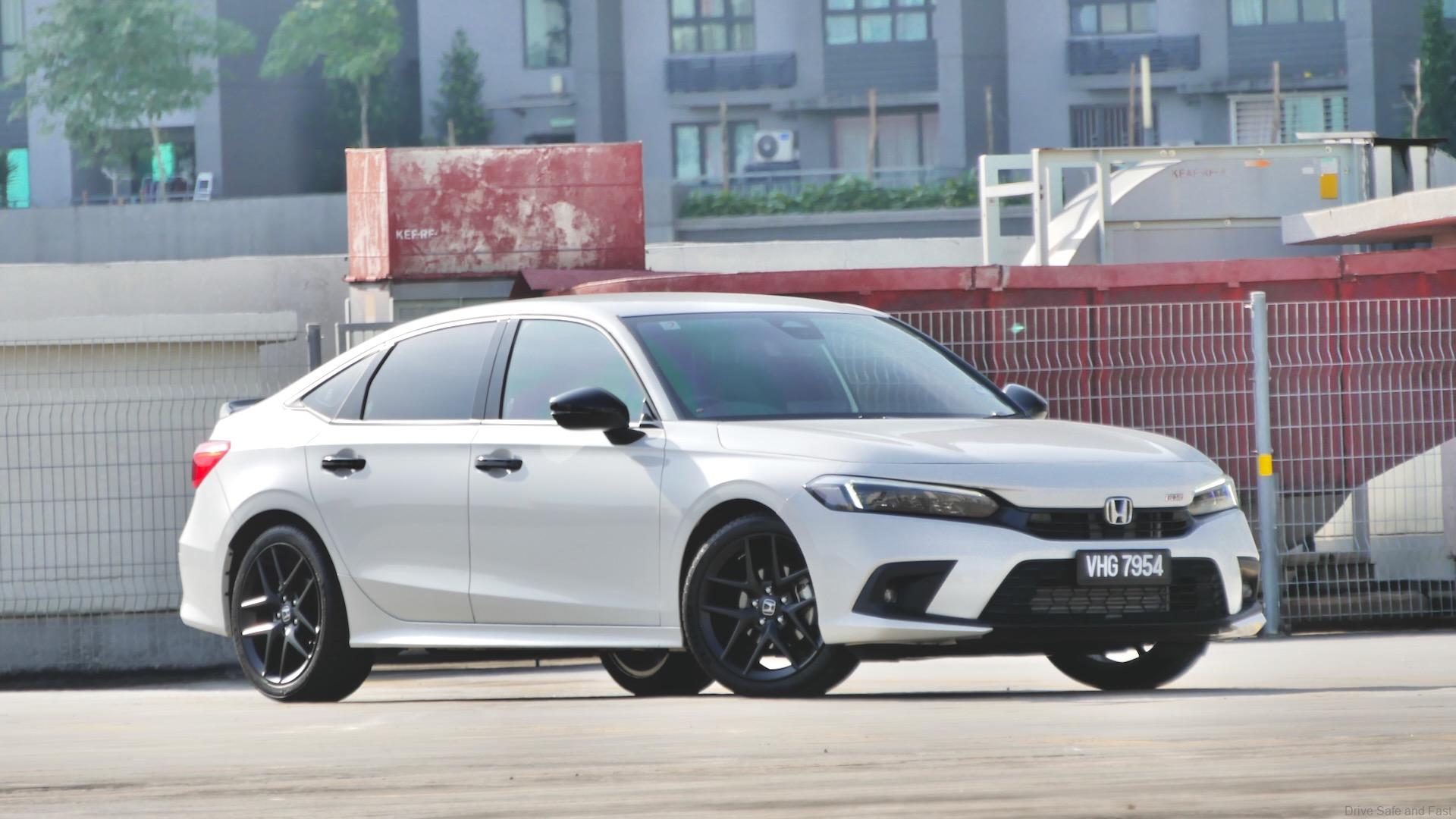The 11th Gen Honda Civic is a taste of the sports sedan experience.
Buyers today will take a crossover over a 3-boxed vehicle with the excuse of it being better in bad weather. The real truth is that crossovers are more utilitarian than sedans. It’s as simple as that. If you need a voluminous cabin area you’re still restricted by a small trunk opening on a Civic or Corolla. On a HR-V or Corolla Cross, you have the full height of the trunk available from bumper to B-pillar. If you need one car that does it all, you get a crossover. The only reason a sedan should exist today is to be as sporty a daily commuter as possible.
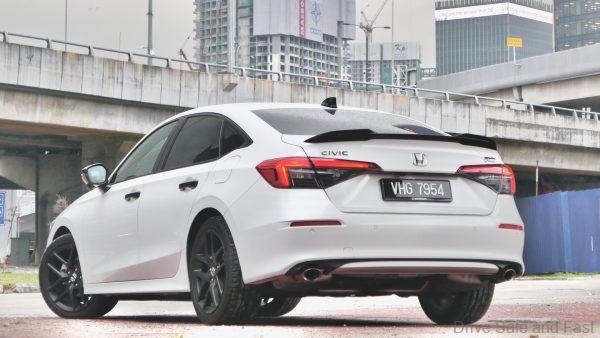
And that’s why the Honda Civic is still alive and well today. Honda never had to change their sedan philosophy – they’ve always had it right. It’s priced like a family sedan but engineered to emulate a sports sedan. I know this because I owned a Civic from 30 years ago and it’s conceptually the same car today.
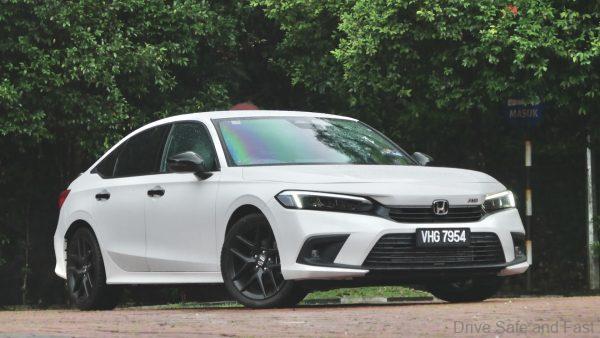
You’ll see a lot of arguments online that the new Civic is overpriced and under-equipped. On the one hand, these arguments do hold water. The Civic 1.5L Turbo RS as tested costs RM150,000 – the price of a base model Accord a decade ago. It’s also missing a wireless charger, which would have complemented the wireless Apple CarPlay perfectly. A 360-degree camera and blindspot monitor are also key missing items at this price point. The biggest omission – lumbar support is actually the most painful one to mention.
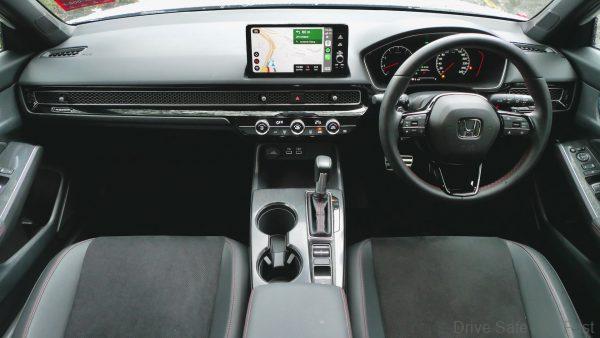
Here’s the thing though – it doesn’t matter as long as the Civic is the only game in town. And as far as I can tell, the Civic is the only game in town. Everyone else is either too busy selling crossovers or recovering customer trust. It’s also worth noting that the Civic compensates for its shortcomings by being excellent where it counts. As in unbelievably excellent.


The new Civic is a sophisticated driving machine, with a suspension and chassis that feels like a taste of compact executive. The steering wheel is wrapped in some amazing-to-touch material and is weighted perfectly. The same can be said about throttle feel, though the car would benefit from a floor-hinged accelerator pedal. Pedal shifters on the Civic are a nice addition and the CVT’s subjective feel makes them very much optional.

The Drive Mode Selector might not sound like much, but it’s a big step forward for the Civic. In the past, Honda would have a ‘S’ (Sports) or ‘L’ (Low) selection for the transmission. Alongside the transmisison setting, there would be an ‘ECON’ toggle switch. You could conceivably put the car in Sports mode while also having the car in ECON. This time around, the Drive Mode Selector controls all the vehicle’s settings, including the transmission. Everything is either in ‘Sport’, ‘Normal’ or ‘Eco’. It’s a much better way to go about things, and something that premium carmakers have offered for some time. What’s interesting is that on the Civic, the car behaves very differently between drive modes.
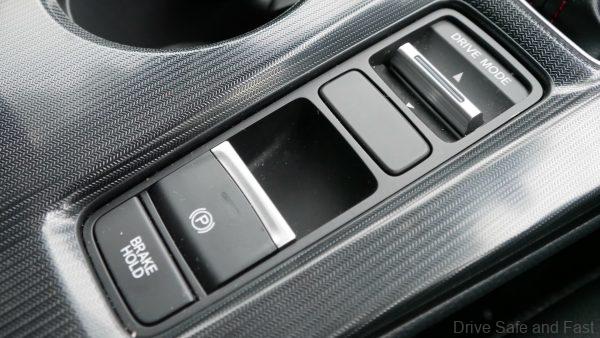
‘Sport’ really brings the best out of the Civic. The car feels like a simulation of a base model Audi A4 with worse NVH dampening properties. It’s really incredible how capable the Civic is. Compared to the outgoing model, this Civic has a slightly higher engine output and an updated gearbox, plus the aforementioned ECU programming for drive modes. In a way, it’s a very familiar experience to the last Civic, but it feels 10-15% better in almost every metric. It’s a more sophisticated drive that is sure to appeal to more diverse range of drivers.
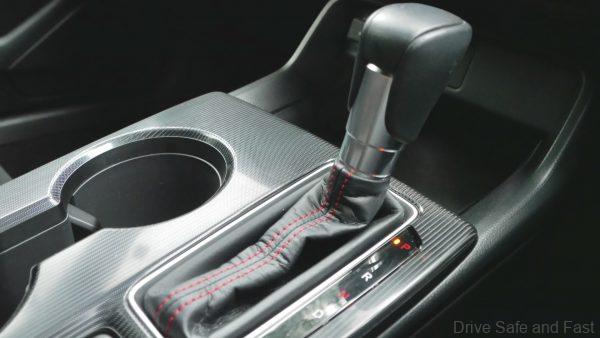
Behind the wheel, the only thing that really brings the drive experience down is the lack of lumbar support. I mentioned this before but it’s worth revisiting. When paired with the low seating position, what you have is a vehicle that won’t appeal to an ageing audience. But those buyers have their crossover and SUVs to pick from.
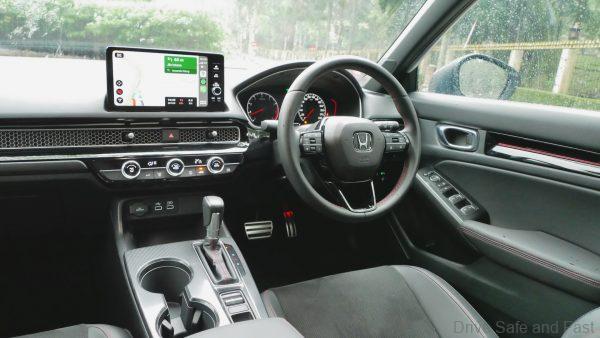
On to the looks, Honda again has revised the look of the latest Civic to be a lot less controversial than the last one. The C-shaped ‘crab claws’ of the 10th generation Civic have been swapped out for ‘L’ shaped taillights. The sweeping roofline is a little less dramatic this time around and the front grille has been ‘dechromed’ in the turbo versions for a very clean look. On the RS model we tested, the ‘RS’ badge appears off centre on the body-painted front grille section.
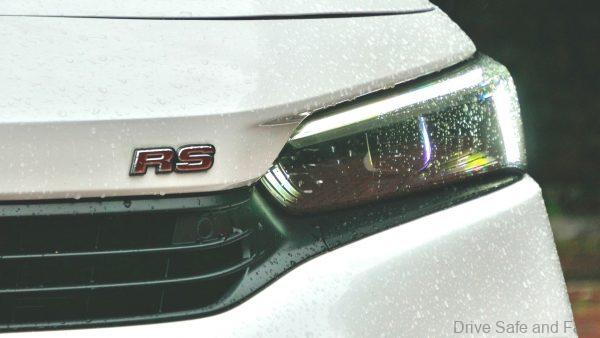
Despite going for a less controversial look for the Civic, it appears that those who were vocally in support of the previous model’s looks aren’t quite as enthusiastic for the way this one looks. I for one prefer how this car looks. On the one hand, the absence of chrome trim on the exterior is something I really appreciate. Honda have gone for a set of black-painted parts, such as the wing mirrors, the sharkfin antenna, the spoiler, door handles and other accents. It’s also worth noting that the 18″ rims on the Civic RS feature a matte black finish that really stands out in this segment.





There are only three things I don’t quite like about the Civic’s design. The first is the oversized shared parts, like the door handles and gear selector. These are parts that appear on multiple Honda models without being resized to fit the Civic’s proportions and they stick out to me as being too large for this particular car. The second thing I dislike is the disharmony between contours in the panels and the actual panel gaps. The overall shape of the car is great, but none of the character lines match up to the panel lines at all. Finally, I think the taillights look a little derivative and not quite Honda enough. All three of these complaints are pretty minor and easily overlooked. I think this generation of the Civic will actually age much better than the last and is actually a very tastefully executed package.
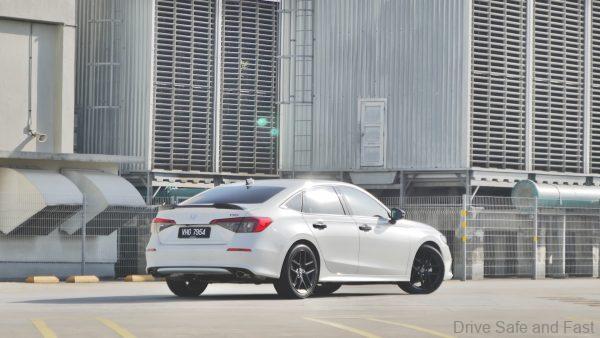
The interior is where the new Civic really shines. The floating infotainment system supports wireless Apple CarPlay and Android Auto. After your one time setup, you can just start the car and everything fires up from your phone automatically – Spotify, Waze, Maps – it’s all there on the 9″ display audio screen.
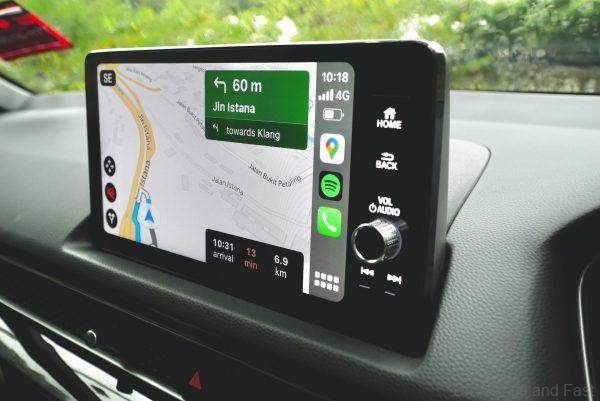
In terms of design, the new Civic take a bold step in stretching a honeycomb pattern vent across the entirety of the dashboard. It actually executed well and gives the interior some character.
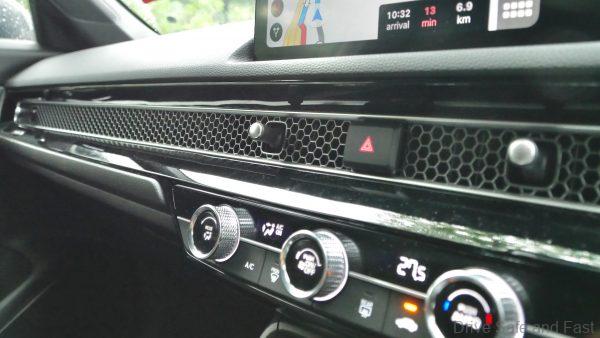
In terms of storage space, the Civic does make some changes over the last generation. It’s a bit more conventional now, with a couple of cupholders next to the gear selector and a sizeable centre box with a removable coinholder. The door cards have large bins in them but the glovebox feels a little smaller than expected.

Other design choices that work well include the dark headlining material, the all-LED interior lighting, the red contrast stitching, faux suede and leather upholstery, and the 7″ partially digital driver instrument cluster.



On this variant, the climate controls are automatic and there are rear vents however there is only a single zone of control. Around back, the Civic is not too bad for adult passengers. The sloping roofline shouldn’t affect taller occupants, but the low seating position makes for a suboptimal view out the windows.
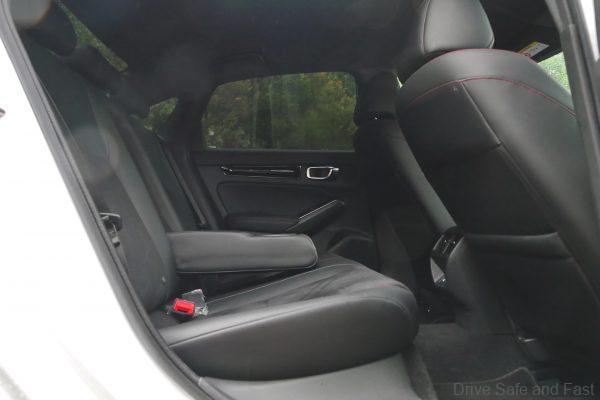
Honda Sensing returns for the new Civic. It features a slightly enhanced set of safety and driver assist features but doesn’t quite break the mould. Blind Spot Assist and Rear Cross Traffic Assist are still missing, but LaneWatch continues to be a unique Honda offering in the segment and some tend to prefer this approach to blind spot monitoring. I for one prefer it, but only when the system is set to only come on when I manually engage it on the turn signal stalk.
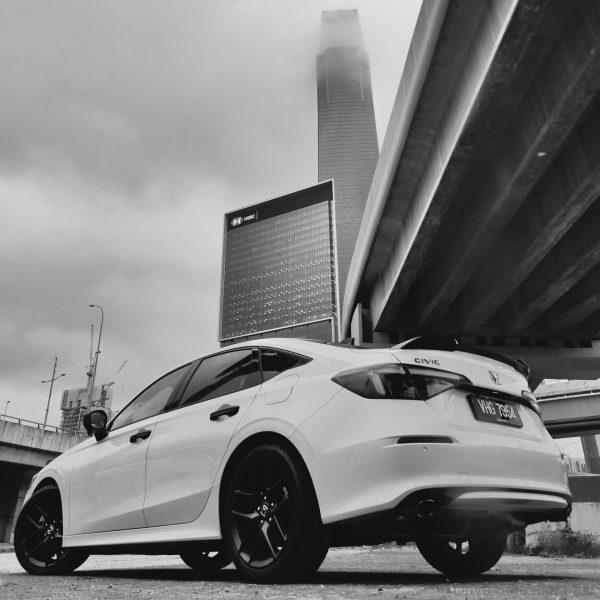
Overall, the Honda Civic 1.5 Turbo RS feels like it’s still a very relevant product in the market. If you’re shopping for a four door sedan, there’s really nothing else in the market that comes close. And yes, it is a little pricier than before but there are improvements to the way the car drives and how it feels. What’s more, it does drive like something that costs about RM200,000+, so you are getting your money’s worth in that sense.
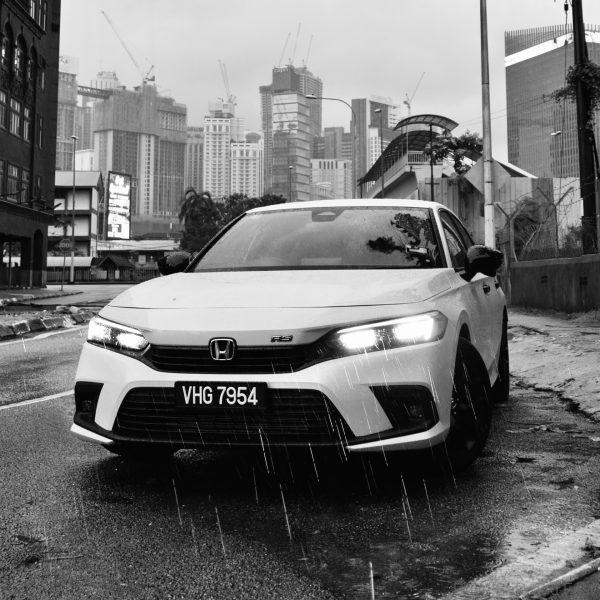
There is some room for improvement, but Honda Malaysia has gotten all the big picture stuff right with the new Civic. I suspect all the little improvements will have to wait until the facelift model arrives in a couple of years time. Until then this really is the king of the road. Can’t wait to try out to see what the hybrid model’s like.










Honda Civic 1.5L Turbo RS Specifications
Engine: Inline-4, 16-Valve, DOHC, Turbocharged Petrol
Capacity: 1498cc
Gearbox: CVT
Max power: 180hp @ 6,000rpm
Max torque: 240Nm @ 1,700rpm
0-100 km/h: 8.5 seconds
Price: RM150,700


